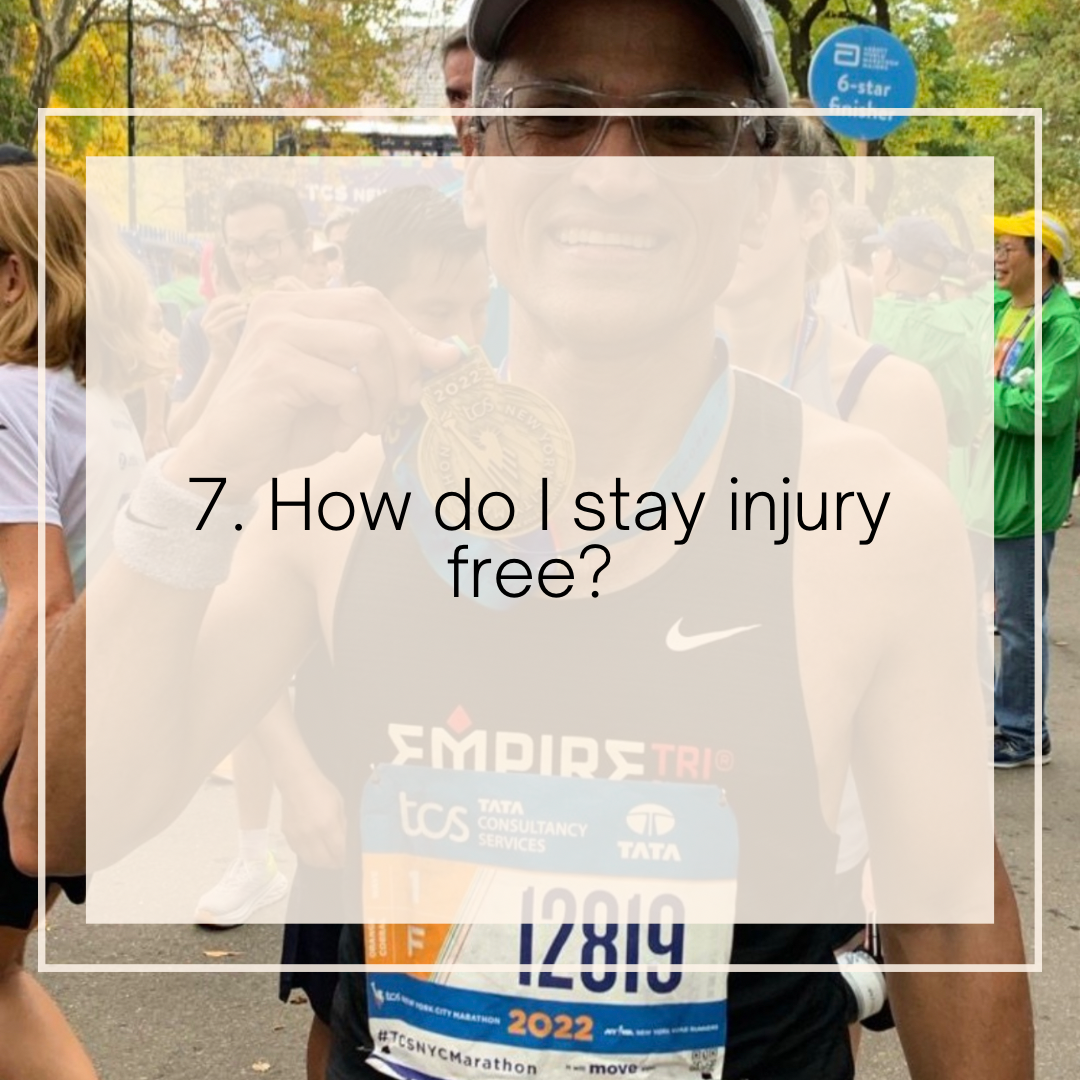A: Treating the recovery portion of your training as equally important as the active portion will give you the best odds at staying injury free. Think of it as a 50:50 split. That means easy days are easy. You invest in recovery gear: ice packs, roam roller, yoga stretch strap, compression boots, massages, etc. AND you use them liberally. You follow best practices whenever possible like the 10% rule - only increasing weekly mileage by 10% each week with the fourth week being a pullback week before starting another 3 week 10% progression. Keeping track of the mileage in your running shoes and replacing every 250-350 miles. Keeping your Long Runs to 20-30% of your weekly mileage, and don’t ignore little niggles, aches, and pains - treat them immediately.
Runners and athletes have gotten the message that recovery is just as important as the training itself.
*This is NOT a paid endorsement, just a fun, informational post for my readers of a product I use weekly.*
Running is very stressful on the body, and while that stress leads to greater fitness, there can be a byproduct - inflammation, micro-tears of soft tissue, and raised cortisol levels. The associated heavy legs, soreness, and /or pain can lead to potential injury or less effective training going forward if it’s not addressed. So this is where compression boots step in - .by applying high pressure compression on the legs it squeezes blood out of the muscles and back to the lungs and heart. This allows fresh oxygenated blood to replace it. allowing for these reported benefits that studies have shown to back up:
Improved blood circulation
Boost lymphatic fluid movement (reduce potential swollen legs/feet)
Removal of lactic acid (reduce muscle fatigue)
Improved flexibility
Recovery stimulation
Boost oxygen distribution
What coach sean Fortune says:
They work and I use them weekly.
Why I use them:
To recover better from general running-related leg fatigue - achy muscles and connective tissue due to mileage accumulation or a long run
To recover better from a particularly acute symptoms like knee discomfort, a strained quad, hamstring, or calf
To freshen up my legs the day before a hard workout or race
How I use them: a 20 minute session of max pressure and then 10 minutes of rotating max pressure. My legs always feel better than before and much lighter. I always use them the night before a harder effort the next day and I feel like they’ve contributed to keeping my knee joint healthy by relieving the tightness in my quads and IT band.
Drawbacks include:
Price, they’re not cheap, I have the mid-tier option 3.0 and it costs $645.
They don’t go very high up on the leg muscles so upper quad and the hip flexor area miss the compression effect. Perhaps the PRO model $1250 goes up higher on the leg.
You get used to the high pressure, and while still very effective with continued use, I can feel my legs want even higher pressure, perhaps the PRO model offers that
Bottom Line:
It’s worth it for hard working or competitive runners that want to maximize their recovery.

